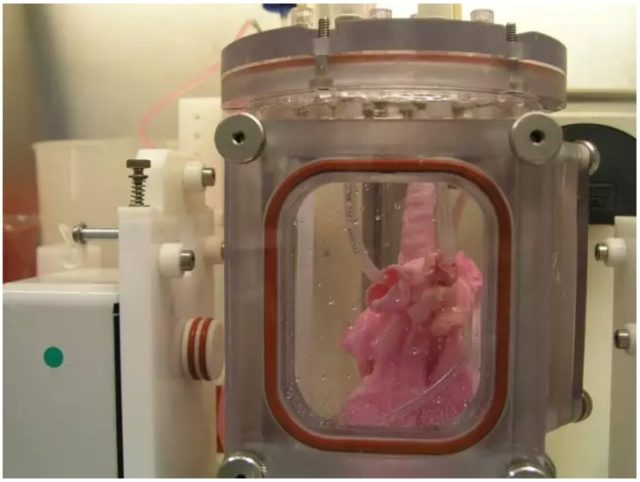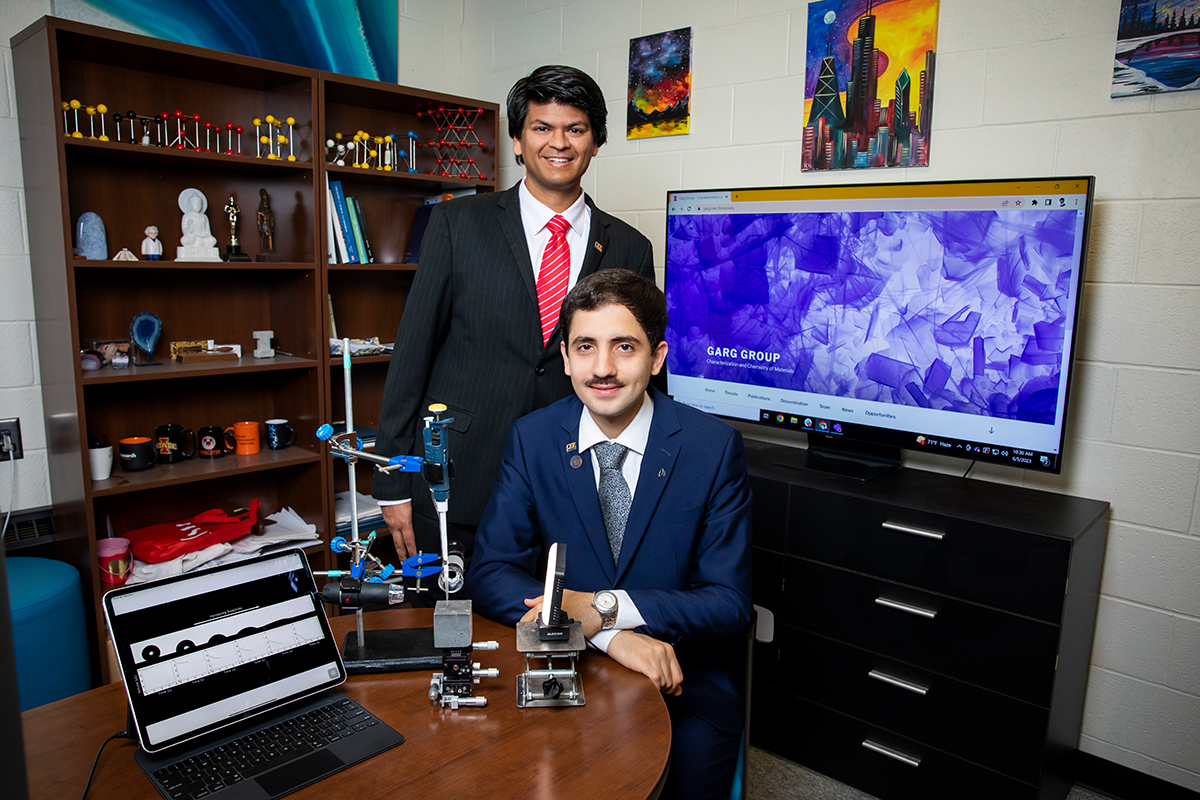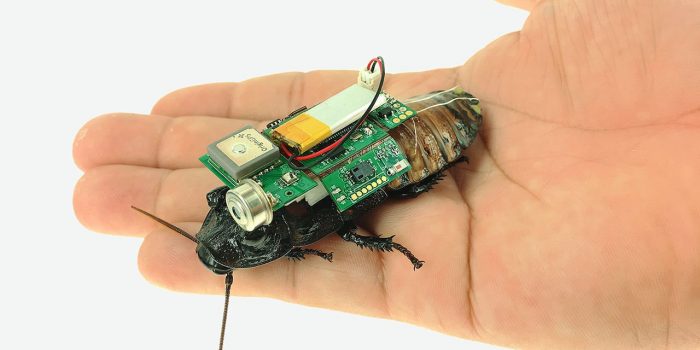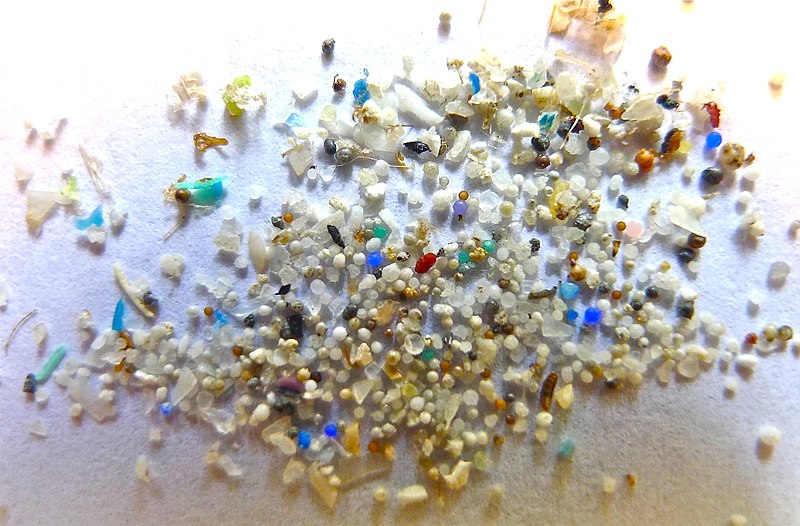Worldwide, there is a long queue of patients waiting for lung donations. But there are not enough organ donors, and among these donors, there are then the difficulties of finding a proper match.
The good news is that scientists are very close to solving this problem by learning to grow vital human tissues in laboratories.
In 2014, researchers from the University of Texas Medical Branch figured out how to grow human lungs and now they have successfully transplanted lab-grown lungs into pigs. Soon, scientists hope to use this technology in humans.
How They Did It
For growing these lungs, researchers first created four lung scaffolds. To do this, they wiped out all the cells and blood from the lung of another animal using both detergent and sugar. Doing this, they were left with just the proteins of each lung — essentially, its skeleton.
After that, they immersed each scaffold in a tank filled with a special mix of nutrients. Next, they added the recipient pigs’ own lung tissue cells to each of the scaffolds and let the lungs grow for 30 days. Finally, the lungs were transplanted into the pigs.
Within two weeks, the transplanted lungs had already begun to establish the robust networks of blood vessels they need to survive. Moreover, researchers didn’t find any signs that the animals’ immune systems had rejected the new lungs.
So far, the researchers have successfully completed four transplants. They are hoping to produce lab-grown lungs to transplant into humans within five to 10 years.






